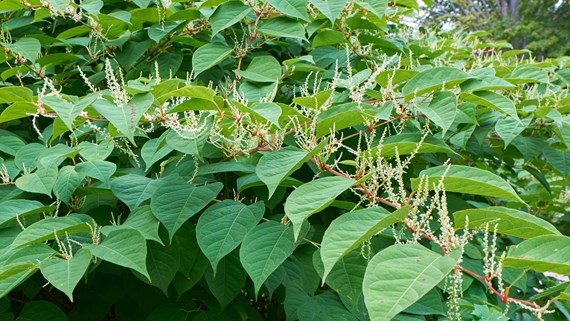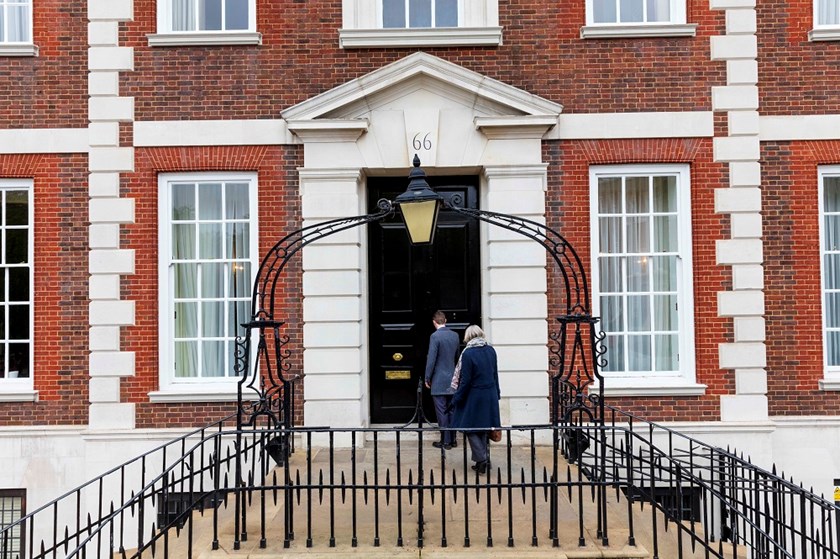The threat of Japanese knotweed continues to grow
Insight

In our March 2018 article, Andrew Wade highlighted the growing threat of Japanese knotweed and provided some useful tips for developers on identifying and managing this invasive species.
This threat continues to grow and a recent decision by the Court of Appeal should act as a stark warning to developers to ensure that any Japanese knotweed they find on their land is treated appropriately. If Japanese knotweed spreads from their land, a developer could be liable for their neighbours' costs for dealing with the knotweed and a reduction in the value of their neighbours' land.
As Andrew Wade noted, in February 2017, the County Court found that Network Rail were liable to two neighbours for Japanese knotweed that had spread from Network Rail's land even though the knotweed had not caused any physical damage. Network Rail appealed the decision to the Court of Appeal.
In July 2018, the Court of Appeal agreed with a County Court's decision that physical damage was not necessary to give rise to an actionable nuisance, but for different reasons. The Court of Appeal disagreed with the County Court's finding that there had to be a reduction in the value of the two neighbours' properties from the knotweed. The Court of Appeal found that only the "mere presence" of knotweed was required on the neighbours' land. This presence had made that land more difficult to develop and increased the risk of future damage from the knotweed.
Network Rail were aware of the Japanese knotweed and its impacts and failed to reasonably prevent it spreading onto their neighbours' land (ie its treatment plan was inadequate). Network Rail had to pay their neighbours' costs for treating the knotweed and the reduction in the value of the neighbours' properties (approximately 10% of full market value).
Most developers will already be aware that Japanese knotweed can take years to treat and cause significant delays in developing a site. When purchasing a site, appropriate due diligence enquiries should be raised to check if Japanese knotweed is present. However, knotweed may be on a neighbouring site instead, and a site visit by a specialist surveyor may be required, particularly at sites that are higher risk (eg close to water or railway lines).
If Japanese knotweed is present, make sure your treatment plan is carried out by a specialist company which provides an insurance-backed transferable guarantee that the Japanese knotweed will not return within a minimum of 10 years from treatment. The treatment company will also need to obtain all the necessary permits for treating and disposing of the knotweed. Further information for treating knotweed is available from the Environment Agency website..
The message from the courts is clear: if Japanese knotweed is present on your site, ensure it is treated appropriately.
This publication is a general summary of the law. It should not replace legal advice tailored to your specific circumstances.
© Farrer & Co LLP, September 2018







